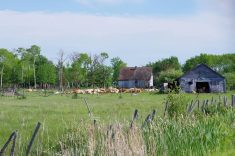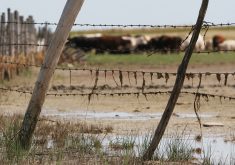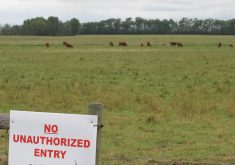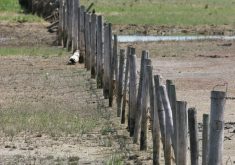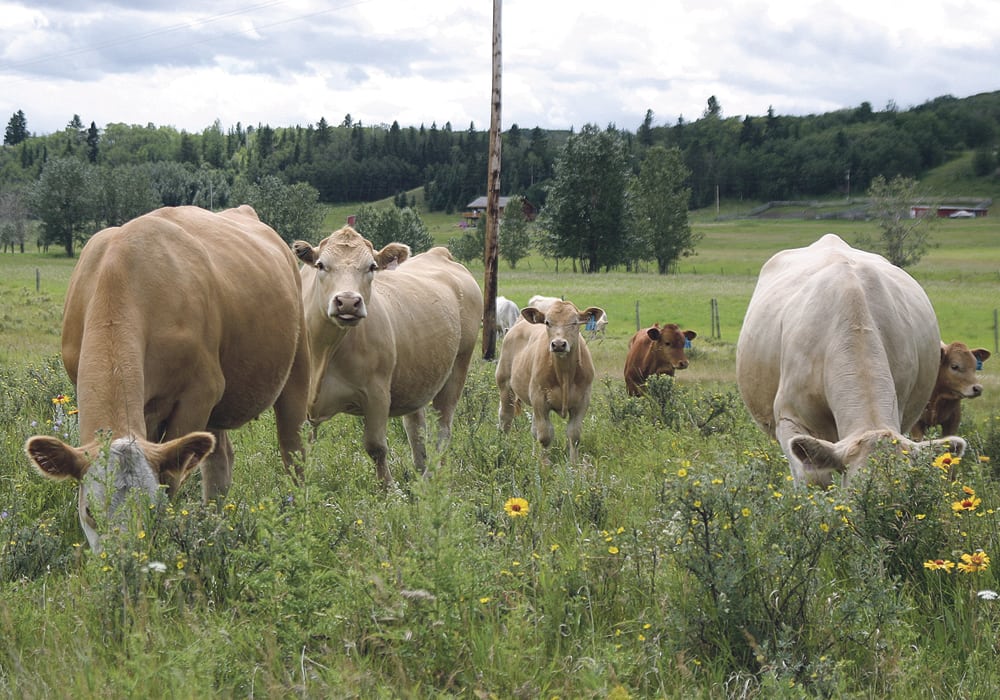Provincial officials say seven animals are dead from anthrax in the rural municipality of Chester, southeast of Regina.
These are the first deaths from the soil-borne disease in the province since three farms, in incidences involving cattle and bison, were affected in 2015.
The province wouldn’t reveal what type of animals were affected this year, saying it could breach the producer’s confidentiality. However, anthrax mainly affects cattle, bison, sheep, goats and deer. Officials did say farmed livestock were involved and warned that farm dogs and cats should be kept away from carcasses.
Read Also

Breaking down successful winter feeding into six steps
It’s that time of year when it is important to start planning for a cow herd’s winter feeding program. Here are six steps I think are necessary to consider when getting your feed tested.
Laboratory tests conducted after the sudden deaths were confirmed Aug. 29.
Disease surveillance veterinarian Dr. Wendy Wilkins said she was surprised anthrax hasn’t been a problem already given the conditions this year.
Anthrax spores live in the soil and are buoyant in water. When sloughs and potholes dry up, the spores remain and concentrate.
Wilkins said as the grazing season winds down and animals get into less desirable forage the chances of getting to those spores increase.
“I see potholes and sloughs all over the place and now they’re bone dry,” Wilkins observed.
Animals can die within hours of ingesting the spores, and those that don’t die suddenly may have difficulty breathing, stop eating and drinking, appear distressed and develop swelling, often under the jaw.
The premises where the deaths occurred is under quarantine, as per protocol, for at least seven days after the last death and after clean-up.
Carcasses should initially be covered to prevent scavenging, then burned until only bone and ash remain, and then buried. Associated soil and bedding should also be burned and buried.
Wilkins said moving animals to a nearby pasture and away from the source is also a good idea.
Vaccination is the best way to prevent the disease.
“When you have anthrax on your premises your best bet is to vaccinate now and for several years into the future,” Wilkins said.
The vaccine doesn’t provide immunity for two weeks, however, and there could be infected animals that are incubating anthrax.
“Another option is to treat with antibiotics right now and then vaccinate down the road,” she said.
It isn’t too late to vaccinate and doing it now will provide animals with protection for the rest of this fall’s grazing season.
Before 2013, the Canadian Food Inspection Agency was responsible for anthrax response but the province now has that role. The province will contract a herd veterinarian to manage an anthrax outbreak and pay that bill.
Contact karen.briere@producer.com


![Anthrax spores live in the soil and are buoyant in water. When sloughs and potholes dry up, the spores remain and concentrate. Disease surveillance veterinarian Dr. Wendy Wilkins said as the grazing season winds down and animals get into less desirable forage the chances of getting to those spores increase. | National Institute of Standards and Technology [Public domain], via Wikimedia Commons photo](https://static.producer.com/wp-content/uploads/2019/08/03152802/Anthrax_spores_5940425745.jpg)

